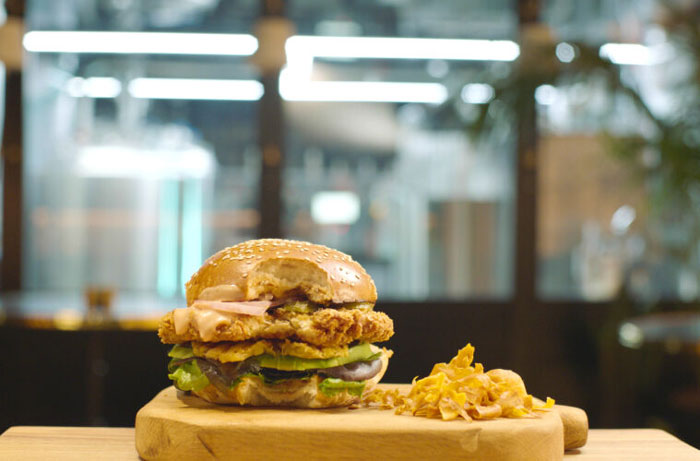Trying to come up with the correct diet, we first think about what and how much we eat, without attaching importance to the temperature of the food. Although for proper digestion and weight control, the temperature of the food consumed plays a significant role.

In the mid-1980s, the “cold diet” was trendy (especially among ballerinas and fashion models). Its rules suggested the use of food cold, sometimes even ice cold. The “cold diet” promised rapid weight loss as the body expends energy to digest food and keep it warm. Such a diet will help to acquire dysbiosis and severe gastrointestinal problems rather than lose weight.
Bad: Cold Protein-Rich Foods
First of all, you should give up cold protein foods (yes, you should not eat cold salmon or chicken fillets). Cold food passes through the gastrointestinal tract faster and does not stay in the stomach for a sufficient amount of time. As a result, proteins do not have time to break down into amino acids and enter the intestines undigested.
Why is it dangerous? At best – heaviness in the stomach, at worst – metabolic disorders and even severe gastrointestinal diseases.
Good: Warm Meat, Vegetables and Grains
Any food prepared using oil – cereals, meat or vegetables should also be eaten warm. In the cold form, fats are broken down worse, and the abdomen’s discomfort and heaviness appear. In general, nutritionists recommend that all cooked food be eaten warm.

That is, you do not need to reheat fresh vegetables and fruits that you eat raw (but it is recommended to get them out of the refrigerator 30-40 minutes before eating so that they warm up to room temperature).
Special Favor: Potato
The exception to this rule is potatoes. During their preparation, complex reactions with starch take place, which is completed only at the time of its cooling.
Why are potatoes best-eaten cold?
Potatoes contain the so-called “stable” starch, which finally acquires its “stability” after complete cooling. Simply put, during the heat treatment (boiling or baking), the starch contained in the potato changes its structure. After full cooling, the starch becomes “stable” and acquires the ability to reach the large intestine without being wholly dissolved in gastric juice.
Resistant starch acts as a prebiotic — it feeds the beneficial bacteria in your gut microbiome, providing them with a conducive environment to thrive. The result is blood sugar control, clear skin, hunger control, and a dramatic reduction in overeating risk.

Don’t Mix Cold and Hot Meals
Another rule to remember is not to mix hot and cold foods. This combination makes it difficult to feel full satiety and carries a severe risk of overeating. Fast food restaurants often use this: washing down a hot burger or fries with ice soda, you can eat many times more than you should, since the feeling of fullness comes much later.










